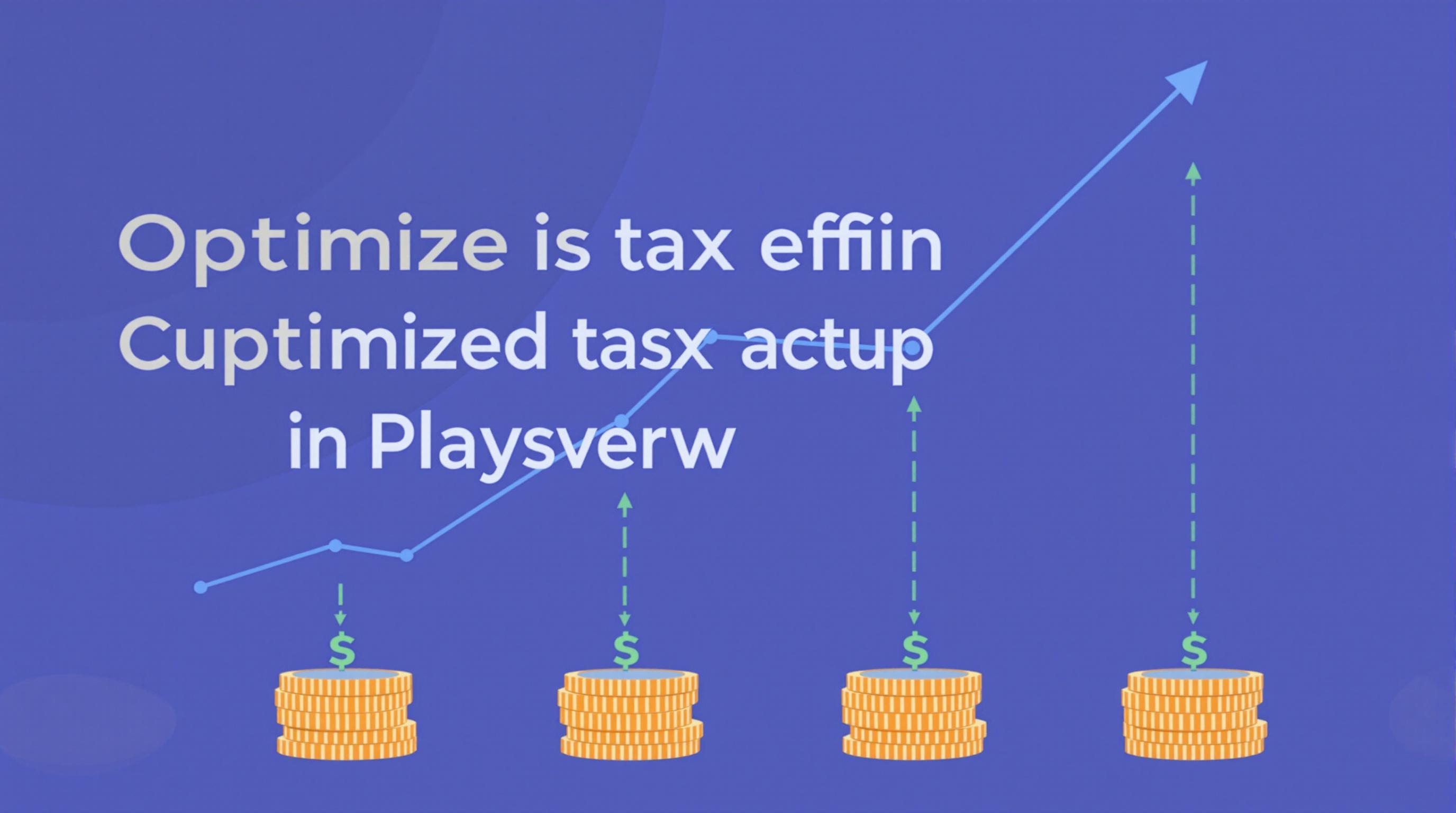Related Articles
- Unlocking Wealth: How Climate-Resilient Crops Are Shaping Financial Stability Amid Price Volatility
- Top 6 Emerging College Savings Solutions Unveiled Recently That Transform How Families Build Funds
- The surprising role of urban farming in creating economic buffers during volatile market cycles
- Unveiling the Quiet Impact of Climate Change on Municipal Bond Maturity Structures and Laddering Choices
- How Intergenerational Debt Shapes Families’ Ability to Fund Higher Education in Unseen Ways
- Top 6 Dynamic Laddering Tools from the Last Five Years Revolutionizing Interest Rate Risk Management
Unveiling the Quiet Impact of Climate Change on Municipal Bond Maturity Structures and Laddering Choices
Unveiling the Quiet Impact of Climate Change on Municipal Bond Maturity Structures and Laddering Choices
Climate change isn't just an environmental issue—it’s quietly reshaping municipal bond markets, altering how investors approach bond maturity structures and laddering strategies. This deep dive uncovers the subtle yet significant ways in which rising climate risks are influencing financial decisions and the stability of local government funding.
Imagine this: a small coastal town issuing bonds to finance a new seawall, but investors, wary of escalating flood risks, demand shorter maturities or higher yields. This simple dynamic encapsulates a growing trend where climate vulnerabilities dictate financial strategies, pushing municipalities to rethink their debt management in an era of environmental uncertainty.
The Shift in Municipal Bond Maturities: More Than Just Numbers
Municipal bonds traditionally serve as a crucial funding source for public projects like infrastructure, schools, and hospitals. Typically, these bonds come with varied maturities—a schedule determining when they need to be paid back. The strategy of “laddering,” spreading bond maturities over time to manage reinvestment risk, is long-standing practice. But climate change introduces unpredictable risk factors that challenge these norms.
Consider 2023 data from the Municipal Securities Rulemaking Board (MSRB), which revealed a subtle decline in long-term bond issuances in flood-prone areas. Bonds with maturities exceeding 20 years are becoming less common, as investors hesitate to lock in funding over periods where climate-related disruptions could undermine repayment capacity.
Climate Change’s Invisible Tax on Municipal Debt
While the headlines often highlight rising temperatures or extreme weather events, the financial world experiences climate change as an invisible tax. Investors demand higher yields to compensate for increased default risk linked to climate vulnerabilities. For instance, hurricane-prone regions in the southeastern U.S. have seen municipal bond spreads widen by approximately 0.15% over the past five years, a seemingly small figure with outsized implications for funding costs.
These additional costs force municipalities to reconsider their debt issuance strategies. Shortening maturities can be a defensive tactic, reducing long-term exposure but at the expense of frequent refinancing risks. Such shifting preferences influence laddering approaches, where bondholders might prefer shorter rungs to swiftly recalibrate portfolios as new climate data emerges.
Story Time: The Tale of Two Cities
Meet Riverpoint, a vibrant midsize city nestled along a major river, and Sunnyvale, an inland city with moderate climate risks. In 2018, both issued 30-year municipal bonds to fund infrastructure improvements. Fast forward to 2024: Riverpoint has switched toward 10- and 15-year maturities, citing increasing flood risk uncertainty, while Sunnyvale retains mostly long-term maturities.
“We didn't anticipate how climate considerations would drive investor sentiment,” says Riverpoint’s finance director. “Investors are scrutinizing our vulnerabilities more closely now, influencing not just our borrowing costs but also the maturity profile of new issuances.”
This real-world example highlights how climate factors directly impact laddering choices and maturity structures, sending ripples across the municipal bond market.
Why Laddering Is Evolving in Response to Climate Risk
Laddering, the staggered maturity strategy designed to reduce interest rate and reinvestment risks, is adapting to new climate realities. Historically, laddered bonds ensured steady cash flow and flexibility. However, growing climate uncertainties tip the scales toward shorter ladders in vulnerable regions.
Financial analysts report that in areas with acute climate risks, the average bond maturity has decreased by 25% over the last decade. This shift reduces long-term risk exposure but places pressure on municipal governments to refinance more frequently, possibly at higher rates if climate conditions worsen.
Data Snapshot: Flood Risk and Maturity Choices
A recent study by the Environmental Finance Association highlights that municipalities within FEMA-designated flood zones are 30% more likely to issue short-term bonds compared to those outside high-risk zones. It’s a striking indicator of climate influence permeating investment horizons.
From Optimism to Pragmatism: Institutional Investor Perspectives
Institutional investors, such as pension funds and insurance companies, once viewed municipal bonds as stable, low-risk assets. But as climate risk models improve, their rental outlook turns more cautious. They recalibrate portfolios, favoring bonds with maturities matching their adaptive risk appetites.
"Climate change is an emerging factor in our risk-adjusted return models," explains one pension fund manager. "We increasingly assess environmental risks before committing long-term capital to certain municipalities."
A Humorous Twist on Climate and Bonds
If climate change were a bond issuer, it might be the most unpredictable one on Wall Street—canceling payments after a hurricane, postponing projects because of droughts, or causing early maturities thanks to wildfire emergencies. Municipal investors often joke: "Climate risk is the bond coupon you can't hedge, and the maturity you can’t predict."
But humor aside, this unpredictability forces both borrowers and lenders to constantly revise assumptions, leading to a preference for adaptable, shorter maturity schedules.
The Long Game: Balancing Fiscal Discipline with Climate Adaptation
Municipalities face a delicate balancing act: issuing long-term bonds locks in capital at potentially favorable rates, but climate uncertainties threaten repayment. Short-term bonds increase refinancing needs but offer flexibility to adjust as climate realities evolve.
This balancing act has profound policy implications. Some cities incorporate climate resilience into their credit ratings, affecting bond attractiveness and maturity choices. Emerging frameworks, like integrating climate risk assessments into municipal debt offerings, are gaining traction.
Case Study: New York City’s Climate-Resilient Bond Strategy
New York City, vulnerable to rising sea levels and severe storms, launched a green bond program with maturities carefully selected to align with projected climate initiatives' timelines. This approach not only finances adaptation efforts but also appeals to ESG-focused investors, expanding the investor base willing to accept longer maturities in exchange for climate-positive impact.
NYC’s innovative model demonstrates a path forward where climate considerations and bond maturity strategies harmonize rather than clash.
Statistics to Ponder
According to Moody’s Investors Service, municipal bonds exposed to high climate risk face a 12% higher probability of credit rating downgrades over a 10-year horizon compared to low-risk counterparts—a factor that directly influences investor demand and maturity structuring.
Conclusion: Unseen Currents Shaping Financial Futures
The quiet impact of climate change on municipal bond maturities and laddering strategies underscores an evolving financial landscape where environmental risk is inseparable from economic decision-making. Investors and municipalities alike must navigate this complex intersection, balancing risk, return, and resilience as the climate crisis continues to unfold.
Whether through shorter bond maturities, cautious laddering approaches, or innovative green bond frameworks, the muni market’s quiet adaptation reflects a broader shift toward integrating planetary health into fiscal health.
Chloe, 42, writes for a broad audience aged 16-70, aiming to illuminate how complex topics like finance and climate intersect in practical, accessible ways.




